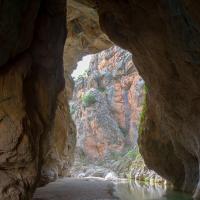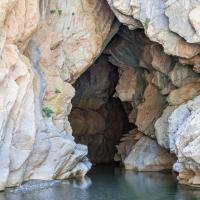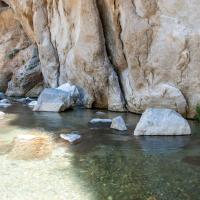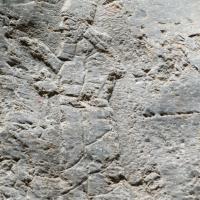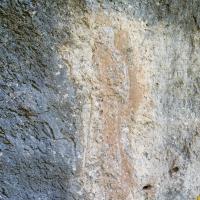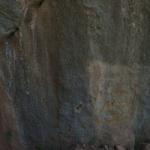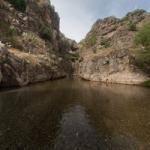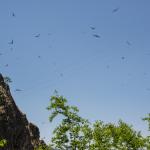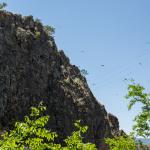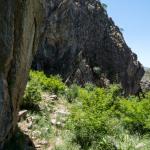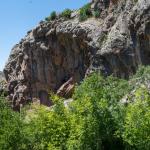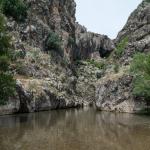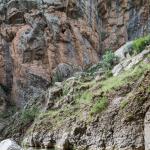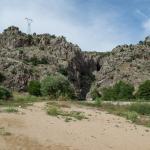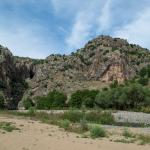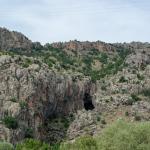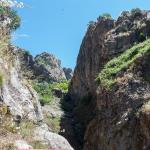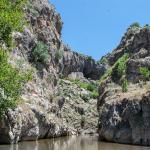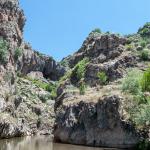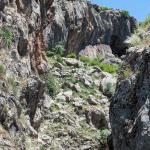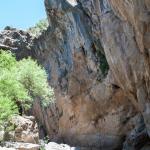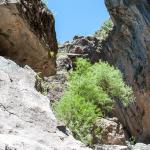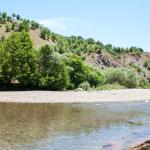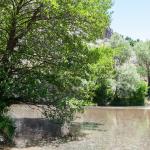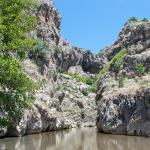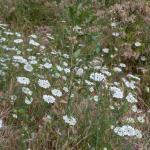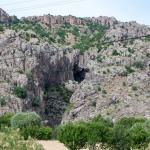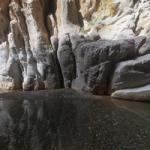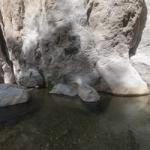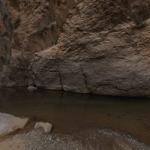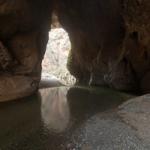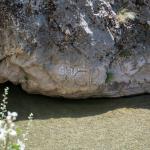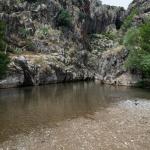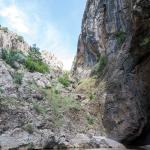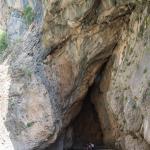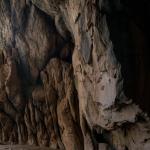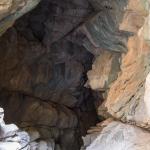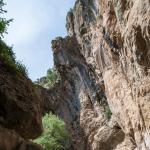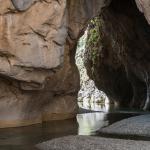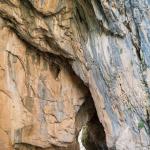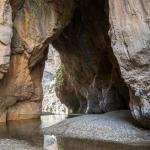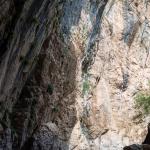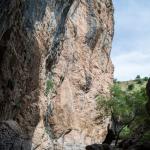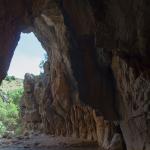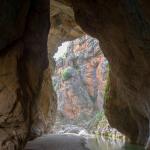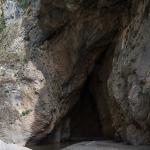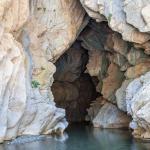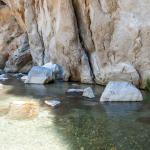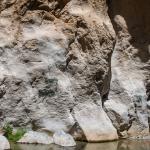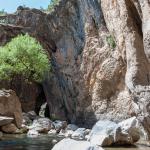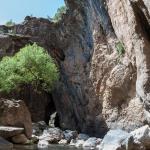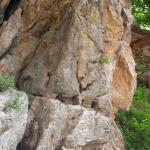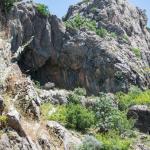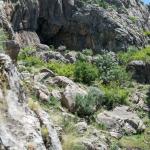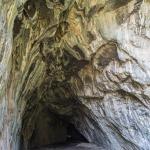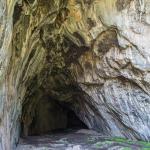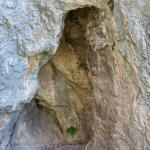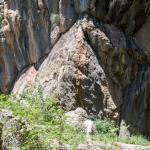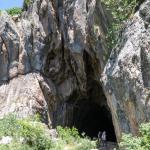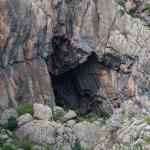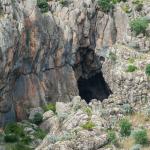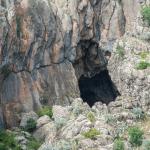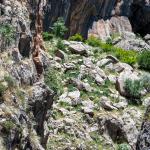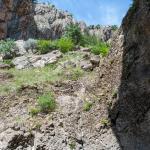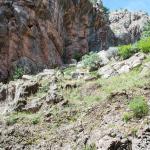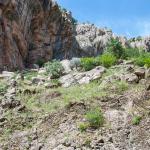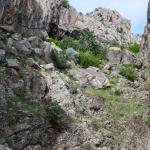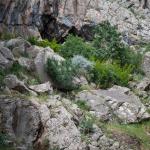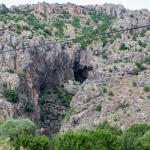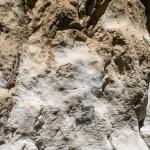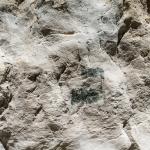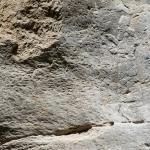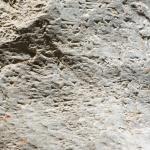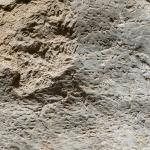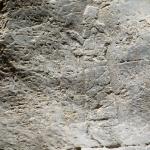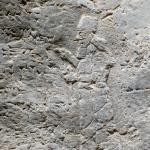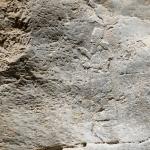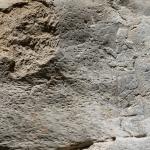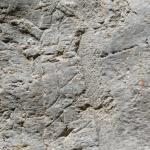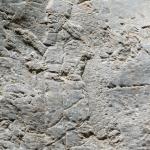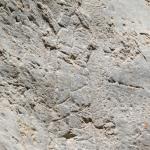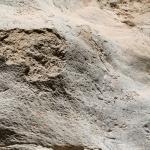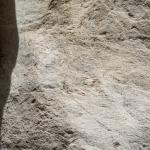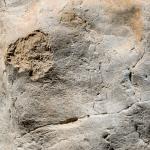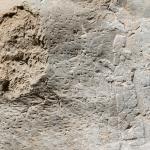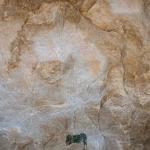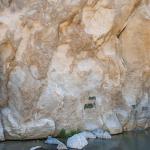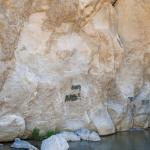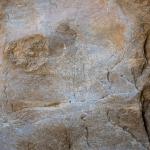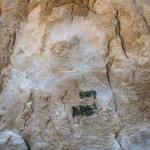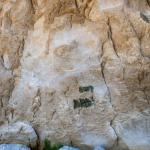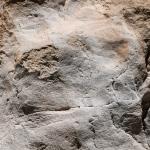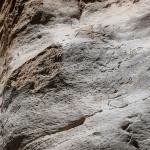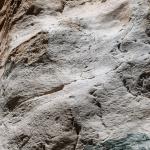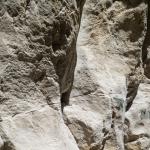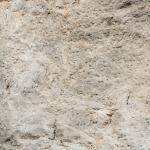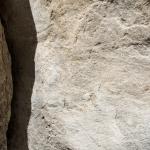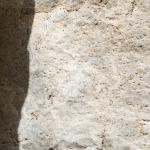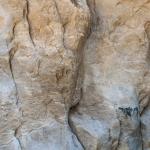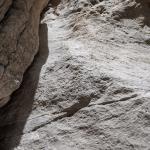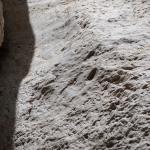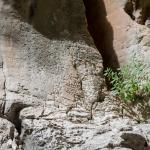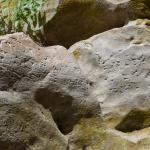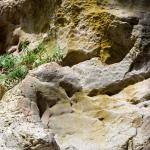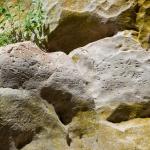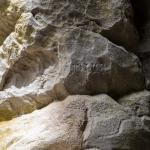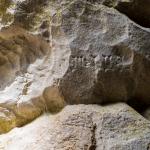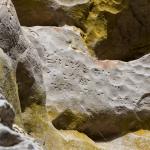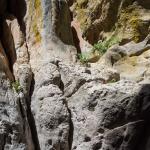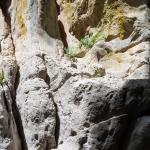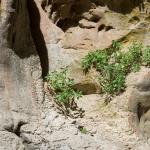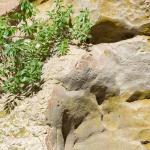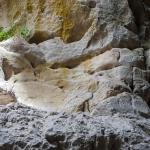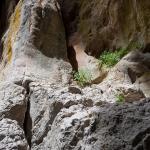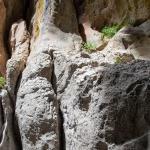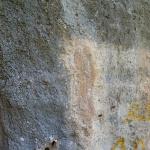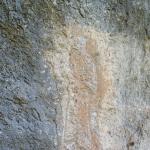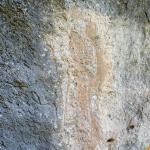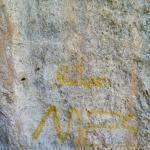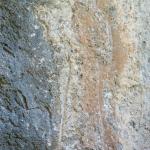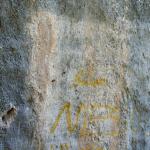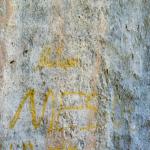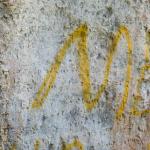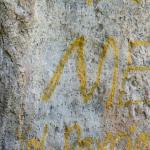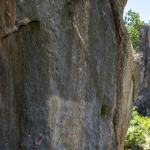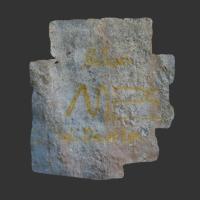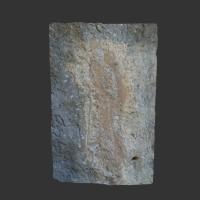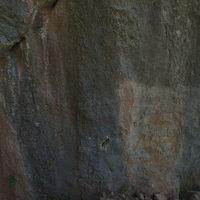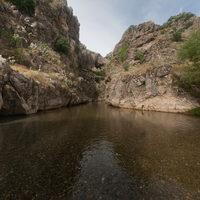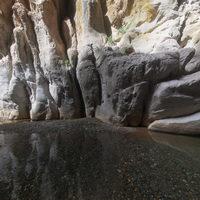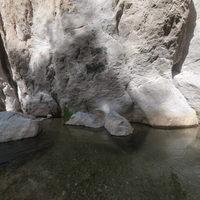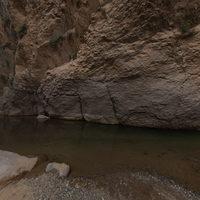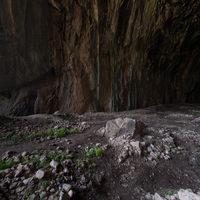Site Profile
The Birkleyn reliefs and inscriptions are associated with a geological feature known as the Tigris Tunnel, in the province of Diyarbakir, 24 km northwest of the modern town of Lice. A river known as Dibni Su, an eastern tributary of the Tigris, flows through a 1018 m tunnel under the Korha Mountain before entering into a dramatic gorge and continuing on its course (see the panorama). Three of the reliefs, with their accompanying inscriptions, are located in this tunnel or 'lower cave' (see the panorama); two inscriptions and a relief are carved at the entrance of an 'upper cave' found higher up the hillside (see the panorama). The reliefs date to the Middle and Neo-Assyrian periods, and are attributable to the kings Tiglath-pileser I (r. 1114–1076 BC) and Shalamneser III (r. 858–824 BC). One of the inscriptions, attributed to Shalmaneser, offers important insights into how the Assyrians understood the site. The inscription reads: “I (Shalmaneser) wrote my name at the source of the Tigris”; this indicates that the Assyrians considered this cave to be the source of the Tigris River and the Dibni Su to be the Tigris itself. Today, it is known that Lake Hasar (Hasar Gölü), southeast of Elazig, is the actual source of the Tigris.
Media
Description & Iconography
'Description & Iconography' general sources: Börker-Klähn 1982, nos. 130, 149–150; Russell 1985; Harmanşah 2007; Schachner 2009, 172–223.
Inscriptions
The Birkleyn inscriptions are referred to as Tigris 1–5. Several translations have been made since C. F. Lehmann-Haupt's first edition of 1899.1 Notably, in the 1980s, a British team surveying the site discovered several new lines of Tigris 5 (a duplicate of Tigris 3).2
- Tigris 1 is carved near the entrance of the lower cave. It is attributable to Tiglath-pileser I and is accompanied by a relief image of the king.
- Tigris 2 is the next inscription in the lower cave. It dates to Shalmaneser's 15th regnal year and is also paired with a relief image of the king.
- Tigris 3 is the innermost of the inscriptions within the lower cave. It dates to Shalmaneser's 7th regnal year.
- Tigris 4 is located in the upper cave; a relief of the king is positioned next to it. It is a duplicate Tigris 2 (the inscription of Shalmaneser's 15th regnal year).
- Tigris 5 is also located in the upper cave, below Tigris 4, and is duplicate of Tigris 3 (the inscription of Shalmaneser's 7th regnal year).
'Inscriptions' general sources: Russell 1985; Schachner 2009, 172–223.
History
During their military campaigns, Assyrian kings erected monuments and carved their images throughout the conquered lands. Kings Tiglath-pileser I and Shalmaneser III visited the area of the source of the Tigris River in eastern Anatolia during their military campaigns and had their craftsmen carve their royal images and inscriptions on the walls of the cave from which they believed the river emerged. They also performed sacrificial rituals and held sacred feasts at the location. The details of these highly symbolic activities were recorded and described in Shalmaneser III’s annalistic texts and also represented pictorially on bronze bands installed on the gate of a monumental building at Balawat.
On the relationship between the Assyrian rock reliefs, particularly at Birkleyn, and the landscape of the empire, see Harmanşah 2007, 190–198.
Early Publications
The earliest publications on the Birkleyn rock reliefs and inscriptions date to the mid-19th century. J. G. Taylor visited the site in 1862 while surveying the area's geological and archaeological points of interest, making note of the reliefs and inscriptions.1 In 1871, Henry Rawlinson published a description of Tiglath-pileser’s relief and inscriptions along with a drawing of the king’s image.2
Selected Bibliography
Börker-Klähn, Jutta. 1982. Altvorderasiatische Bildstelen und vergleichbare Felsreliefs. Mainz am Rhein: P. von Zabern.
Harmanşah, Ömür. 2007. “‘Source of the Tigris’: Event, Place and Performance in the Assyrian Landscape of the Early Iron Age.” Archaeological Dialogues 14 (2): 179–204.
Lehmann-Haupt, C. F. 1907. Materialien zur älteren Geschichte Armeniens und Mesopotamiens. Berlin: Weidmannsche Buchhandlung.
Rawlinson, George. 1871. The Five Great Monarchies of the Ancient Eastern World. Vol. 2. 2nd ed. London: J. Murray.
Russell, Harry. 1985. “Assyrian Monuments at the Tigris Tunnel.” Araştırma Sonuçlari Toplantısı 3: 361–63.
Schachner, Andreas, et al. 2009. Assyriens Könige an einer der Quellen des Tigris: Archäologische Forschungen im Höhlensystem von Birkleyn und am sogenannten Tigris-Tunnel. Tübingen: E. Wasmuth.
Taylor, J. G. 1865. “Travels in Kurdistan, with Notices of the Sources of the Eastern and Western Tigris, and Ancient Ruins in Their Neighbourhood.” Journal of the Royal Geographical Society of London 35: 21–58.



